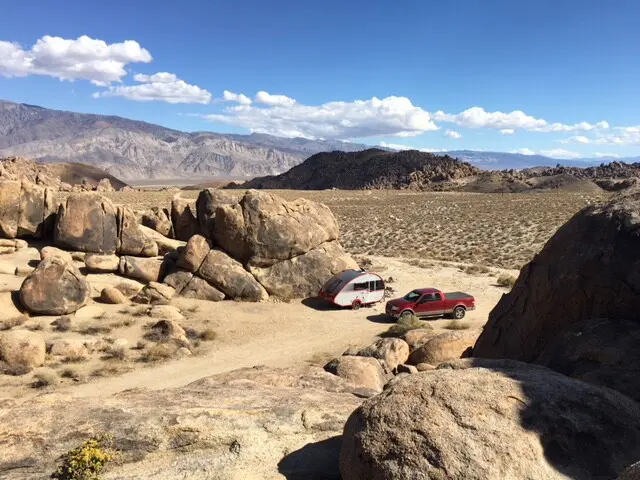
Welcome
Come travel with us! Join us in a virtual trip visiting 49 states across the U.S. and even a few international sites. See the places that we’ve seen on our many trips over the past 18 years by clicking on the photos and links below and going to wherever your fancy may take you!
U.S. TRAVELS
Totally Awesome Places
INTERNATIONAL TRAVELS
Europe, the Caribbean, and Beyond
Tiny Trailer Life
Tips & Tricks
OUR
TRAVEL BLOG
ABOUT US
Why “SKWHEE”?
OUR VERY
LATEST
Stavanger, Norway
Our walking tour through the historic heart of Stavanger gave us insight into the canning and maritime industries that fueled this community as well as some tasty tidbits.
The Viking Village, Njardarheimr
Our short visit to Njardarheimr gave us insight into life in 11th Century Norway and educated us on the role of “Vikings” within the Norse community of the time.
Ålesund, Norway
A stop at Ålesund at the entrance to Geiranger Fjord gave us a glimpse into life in and the history of a coastal city in Norway.
Friends of Whee Wander:






